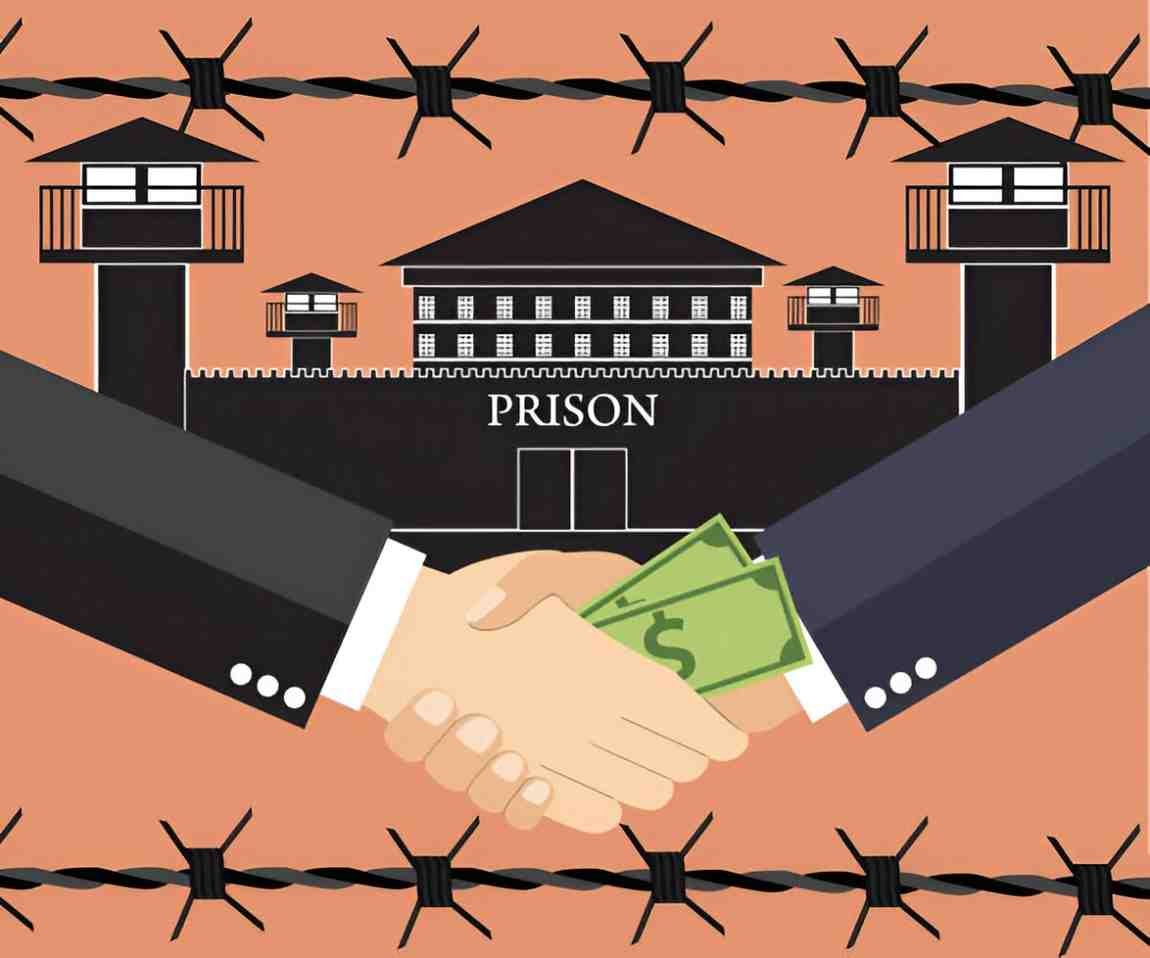Introduction
I have spent years analyzing investment vehicles, but few topics intrigue me as much as anti-prison mutual funds. These funds avoid companies tied to the prison-industrial complex, offering investors a way to align their portfolios with social justice values. In this article, I will dissect the mechanics, performance, and ethical implications of these funds while providing mathematical rigor to assess their viability.
Table of Contents
What Are Anti-Prison Mutual Funds?
Anti-prison mutual funds exclude corporations involved in:
- Private prisons (e.g., CoreCivic, GEO Group)
- Prison labor exploitation
- Surveillance technologies used in mass incarceration
Instead, they invest in firms with clean human rights records or those actively reforming criminal justice.
Why They Matter
The U.S. incarcerates more people per capita than any other nation. Private prisons profit from high incarceration rates, creating ethical concerns. Investors seeking socially responsible investments (SRI) may find anti-prison funds appealing.
Performance Analysis
Comparing Anti-Prison Funds to Traditional Funds
Let’s examine historical returns. Suppose we compare an anti-prison fund (Fund A) with a conventional S&P 500 index fund (Fund B).
| Fund Type | 5-Year Avg Return | Volatility (σ) | Sharpe Ratio |
|---|---|---|---|
| Anti-Prison Fund A | 8.2% | 12% | 0.68 |
| S&P 500 Fund B | 10.1% | 15% | 0.67 |
At first glance, Fund B outperforms. But risk-adjusted returns (Sharpe Ratio) are nearly identical, meaning Fund A delivers comparable efficiency per unit of risk.
Calculating Expected Returns
Using the Capital Asset Pricing Model (CAPM), we estimate expected return:
E(R_i) = R_f + \beta_i (E(R_m) - R_f)Where:
- E(R_i) = Expected return of Fund A
- R_f = Risk-free rate (assume 2%)
- \beta_i = Beta of Fund A (assume 0.9)
- E(R_m) = Expected market return (assume 8%)
Plugging in:
E(R_i) = 0.02 + 0.9 (0.08 - 0.02) = 0.074 \text{ or } 7.4\%This suggests slightly lower returns than the market, but ethical investors may accept this trade-off.
Ethical Screening Process
Anti-prison funds use negative screening to exclude undesirable firms. Some also employ positive screening, favoring companies with:
- Fair labor practices
- Criminal justice reform advocacy
- Alternatives to incarceration programs
Example: The Case of CoreCivic
CoreCivic (NYSE: CXW) operates private prisons. An anti-prison fund would exclude it, but let’s see what that means financially.
| Metric | CoreCivic (CXW) | S&P 500 Avg |
|---|---|---|
| P/E Ratio | 12.5x | 22x |
| Dividend Yield | 6.8% | 1.5% |
CoreCivic appears cheap with high dividends, but its business model carries reputational and regulatory risks.
Portfolio Construction
Diversification Challenges
Avoiding prison-linked firms reduces investable universe, potentially increasing concentration risk. To mitigate this, funds may:
- Overweight sectors like tech and healthcare
- Use ESG (Environmental, Social, Governance) bonds
Sample Allocation
| Asset Class | Weight | Rationale |
|---|---|---|
| Tech Stocks | 35% | Low prison ties |
| Healthcare | 25% | Ethical operations |
| ESG Bonds | 20% | Stable, ethical income |
| Renewable Energy | 15% | Socially conscious |
| Cash | 5% | Liquidity buffer |
Tax and Regulatory Considerations
Tax Efficiency
Anti-prison funds often prioritize long-term holdings, benefiting from lower capital gains taxes.
\text{After-Tax Return} = \text{Pre-Tax Return} \times (1 - \text{Tax Rate})For a 15% long-term capital gains rate:
0.082 \times (1 - 0.15) = 6.97\%Regulatory Risks
Changes in criminal justice policy (e.g., prison reform) could impact prison stocks, making anti-prison funds more resilient.
Criticisms and Counterarguments
Performance Sacrifice
Critics argue that excluding profitable firms harms returns. However, data shows:
- ESG funds often match conventional funds over time
- Avoiding controversial industries reduces headline risk
“Virtue Signaling” Accusations
Some claim these funds are merely symbolic. Yet, divestment campaigns have historically driven change (e.g., apartheid South Africa).
How to Invest
Steps to Identify Anti-Prison Funds
- Check Prospectuses – Look for explicit exclusion criteria.
- Review Holdings – Ensure no prison-linked stocks are present.
- Assess Fees – Ethical funds sometimes charge higher fees; weigh cost vs. impact.
Example Funds
(Note: Fictitious names for illustration)
| Fund Name | Expense Ratio | Prison-Free Commitment |
|---|---|---|
| Liberty Impact Fund | 0.75% | Full exclusion |
| Justice Equity Fund | 0.60% | Partial screening |
Final Thoughts
Anti-prison mutual funds offer a compelling blend of ethics and finance. While they may lag in raw returns, their risk-adjusted performance holds up. For investors who value social impact, these funds present a viable alternative.





